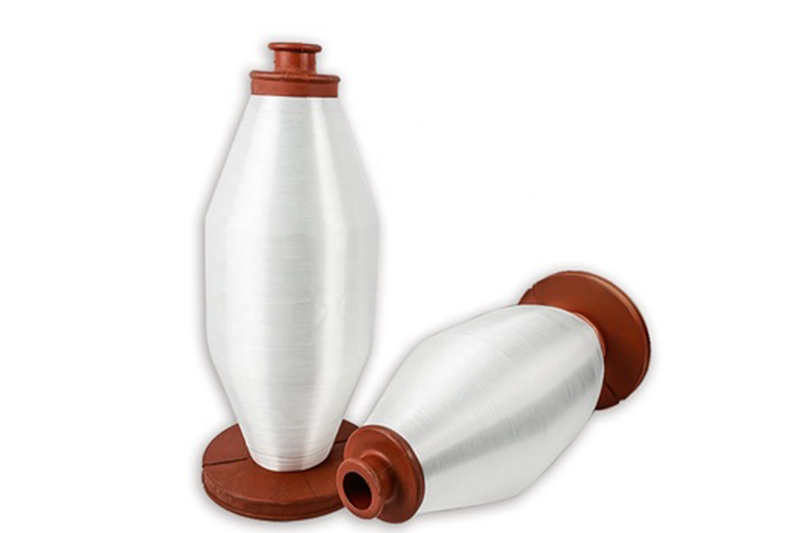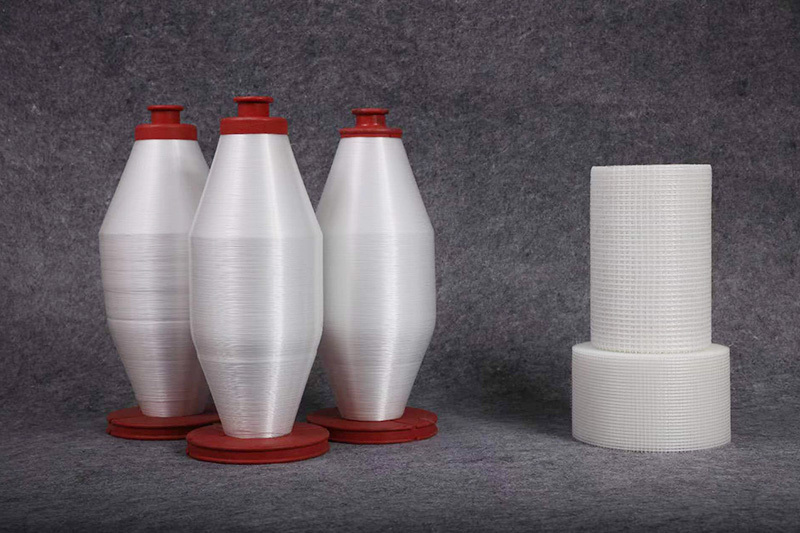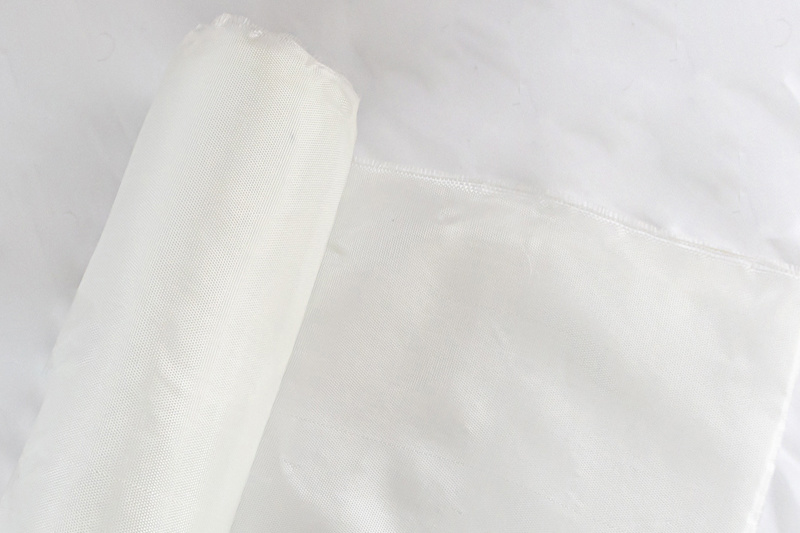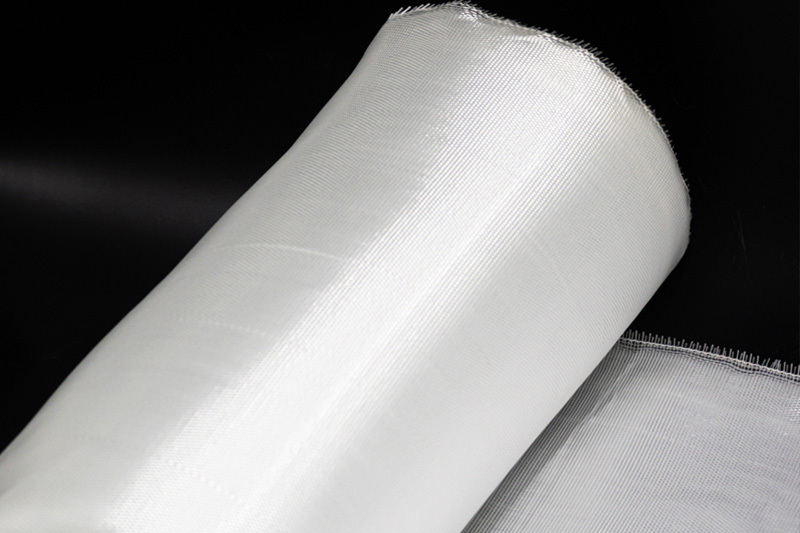Welcome To Hebei Xiongan Hengyun Technology Co., Ltd.
 Esperanto
Esperanto
 Shqiptare
Shqiptare
 Euskara
Euskara
 Zulu
Zulu
 Latinus
Latinus
 Cymraeg
Cymraeg
 தமிழ்
தமிழ்
 Slovak
Slovak
 Slovak
Slovak
 Afrikaans
Afrikaans
Fiberglass Fine Yarn: The Invisible Strength Behind Modern Materials
2025-06-17
Market Overview
The global fiberglass yarn sector is weaving its way to a projected $3.1 billion valuation by 2028, with demand growing at 7.2% annually. What makes this market particularly compelling is the shift toward high-value specialty yarns, which now command 40% premium pricing over standard grades.
Technical Breakthroughs
1. The Thin Revolution
-
Sub-10 Micron Marvels: New spinning technologies produce yarns finer than human hair (5-9μm), enabling:
✓ Unprecedented fabric drape for automotive interiors
✓ Smoother surface finishes in premium composites
✓ Tighter weaves for aerospace-grade reinforcements
2. Smarter Coatings
-
Intelligent Sizing Systems: Next-gen coatings now provide:
✓ Self-lubricating properties for faster weaving (18% productivity boost)
✓ UV-resistant formulations for outdoor applications
✓ Conductive layers for smart textiles
3. Hybrid Innovations
-
Glass-Carbon Fusion: Combining fibers to create yarns with:
✓ 30% higher stiffness than pure glass
✓ 50% the weight of traditional reinforcements
✓ Better impact resistance for sporting goods
Application Spotlight
Electronics Reinvented
-
5G Infrastructure: Ultra-low dielectric yarns for antenna substrates
-
Flexible Circuits: Woven fiberglass enabling bendable electronics
Automotive Evolution
-
EV Battery Systems: Fire-resistant separators with ceramic-enhanced yarns
-
Next-Gen Interiors: Ultrathin (yet durable) seat fabrics reducing weight
Industrial Game-Changers
-
Smart Pipelines: Yarns with embedded sensors for leak detection
-
Space-Grade Composites: Radiation-resistant weaves for satellite components
Global Production Landscape
Asia's Dominance
-
China's mega-factories now produce 62% of global supply
-
Vietnam emerging as low-cost alternative with 15 new plants in development
Western Renaissance
-
U.S. and EU investing in:
✓ Robotic spinning systems (25% less energy)
✓ Closed-loop recycling (up to 40% recycled content)
✓ Military-spec yarns with enhanced ballistic properties
Sustainability at the Core
The industry's green transformation includes:
-
Bio-Based Sizing: Plant-derived coatings replacing petrochemicals
-
Low-CO₂ Formulations: New E-glass recipes cutting emissions by 35%
-
Circular Economy Models: Take-back programs for manufacturing scrap
The Future Thread
As smart factories and AI-driven quality control reshape production, fiberglass yarn is evolving from a commodity to a high-tech engineered material - one that will continue to enable breakthroughs across industries while reducing environmental impact.
fiberglass yarn,composite materials,glass fiber market,sustainable manufacturing,conductive coatings
Related news
Fiberglass Fine Yarn: The Invisible Strength Behind Modern Materials
2025-06-17












